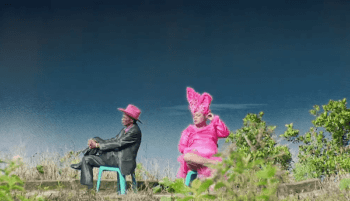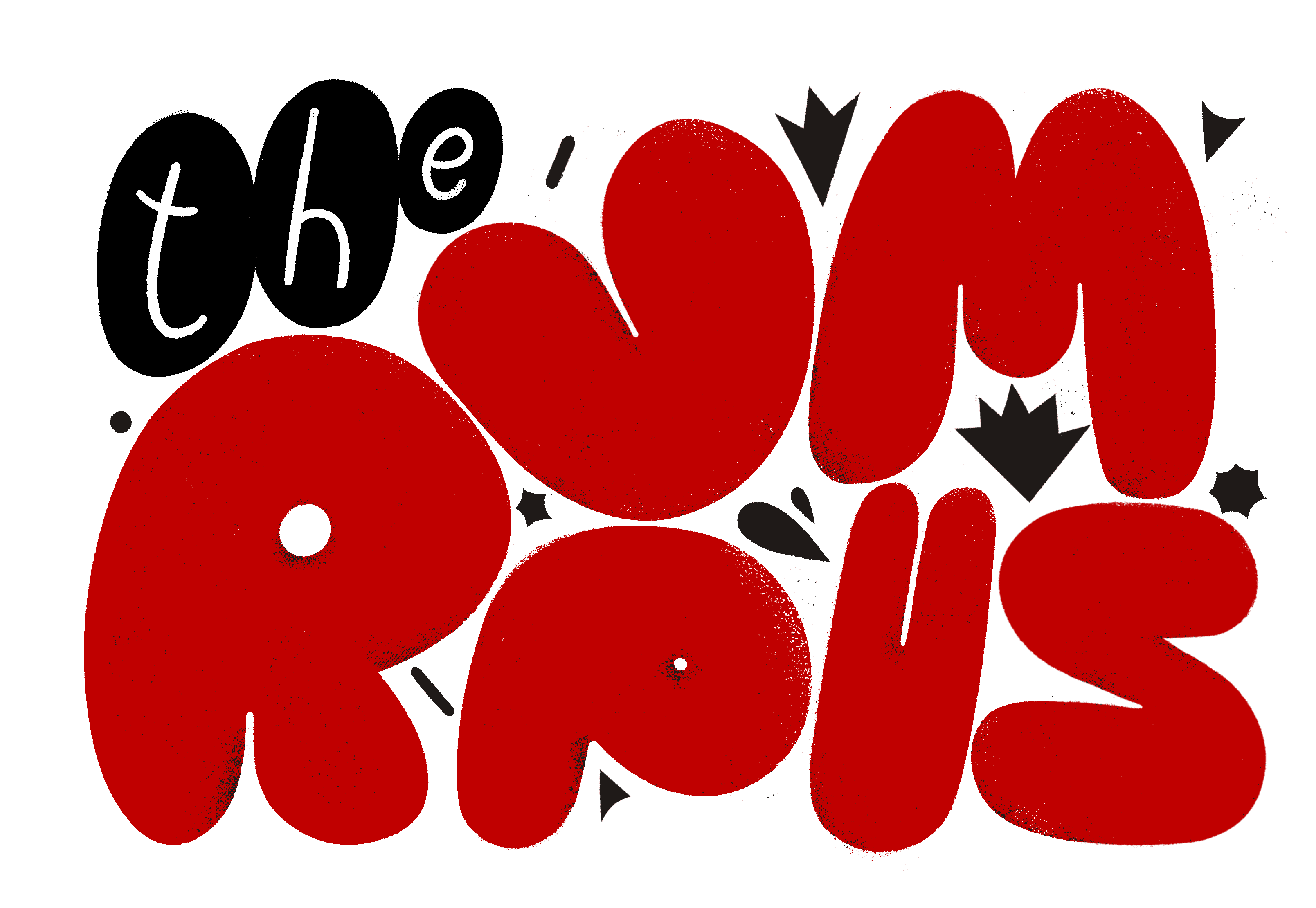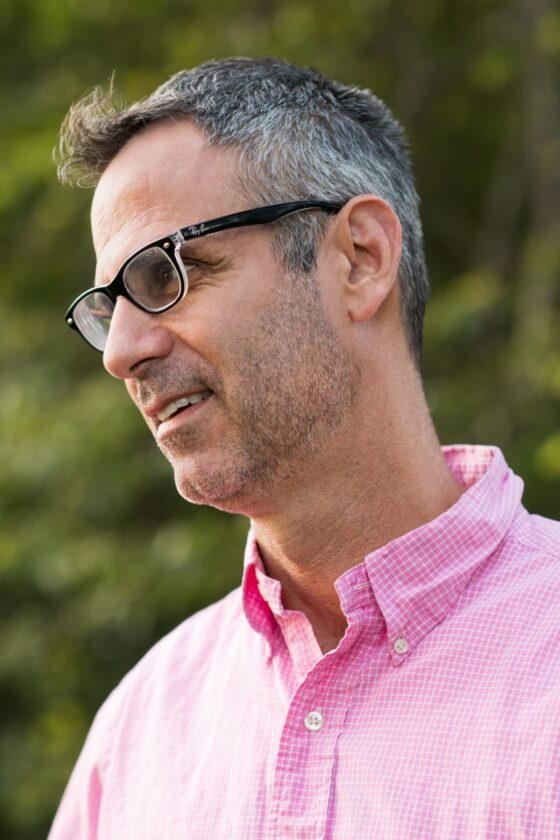
At a recent screening at the JCC in Manhattan, filmmaker Joshua Oppenheimer stated that he wanted his film, The Act of Killing, to portray the “humanity of evil”. The docu-something-or-other chronicles the tale of a group of elderly Indonesian “gangsters”—who in the 1960s committed government-sanctioned mass-murder—as they try to “make a movie” by reenacting their crimes in whatever way they’d like. The men, who were never punished and are still part of the ruling class, use the reenactments as one part therapy session and one part historical posturing. The result is something else entirely. Like Abbas Kiarostami’s Close-Up or Orson Welles’s F is for Fake, the movie exists in territory that isn’t quite documentary and isn’t quite fiction. It’s a perspective that allows the film to transcend into a territory of truth far beyond what we’re accustomed to in contemporary cinema.
The film’s two main characters are Anwar Congo, gaunt and avuncular, dressed like some kind of French New Wave character sent on an indefinite vacation to Miami, and his good friend Herman Koto, an obese, cross-dressing, slovenly circus of a man who begins to delight in parading around with his face painted like Divine, muse of trash-cinema auteur John Waters. The senescent men together form a perfect comic duo in the vein of other fat-and-skinny greats like Laurel and Hardy, or Abbot and Costello. This is an important comparison, because what strikes most about the portrayal of the killers is not the heinousness of their crimes but their great likability and screen presence. Even when gleefully recounting their most despicable murders, the men are neither out-and-out vilified nor given any kind of overly moralistic finality.
The way Oppenheimer sees it, if he had offered some possibility for knee-jerk judgment, he’d be offering a kind of audience respite instead of indicting the viewer for his or her own capacity to commit horrible acts. This is what elevates the movie to the realm of great art and great import. The film does not, after all, need to take too laborious an effort to make the men seem like gross caricatures of an aged evil. Congo, for example, shows us his preferred method of killing—which ultimately made him somewhat of a star among the other “top gangsters”: one end of a thin wire tied tightly around a pipe, the center wrapped once around the victim’s neck, the loose end secured to a makeshift handle with which Congo would hold and lean his weight against, asphyxiating the victim. He then proceeds to rattle off his preferred methods of coping, a long list of drugs that reads like a Saturday night dorm inventory before dancing and singing “cha cha!” on the murder sight. One of his friends looks on and smiles, excited by the presence of the camera and his crew’s glorious history.
Like many cineastes before them, much of their psyche and daily life revolve around the cinema. Even though most of their time in the ’60s was occupied stealing great amounts of wealth through the massacre of innocent citizens, they also worked as what they call “movie theater gangsters,” wherein they hung out outside movie theaters and hustled tickets, seeing as many films as they could in the interval periods. Not so unexpectedly, they developed a particular penchant for American gangster films, which the communists purportedly attempted to ban (a particular soft spot for Congo, et al). There’s a beautiful sequence where Koto and Congo, dressed like perversions of the Pacinos and Brandos they learned to model their style and behavior off of, demonstrate for Oppenheimer how they would exit the theater, snapping fingers rhythmically like West Side Story thugs, high off of the movie they’d just seen. They’d walk over to the location where most of the murders took place and there they would interrogate and murder alleged communists. “It was like we were killing…happily,” says Congo, who later mentions he first thought to use wire after seeing the same method in mafia movies. The beauty of the film’s conceit of subjects-as-filmmakers becomes clear at this moment. Oppenheimer doesn’t need these men to explain precisely how they felt in each instance, and probably would never be able to get anything nearly as pregnant with truth. In watching the film, we can see them tap directly into their memory. The film forms into a kind of documentary of the mind, of memory and perception. For example, the reenactments of their violent, albeit routine, interrogations are all shot on a contrived-looking interrogation-room set, lit with blue, high contrast light, the men dressed obviously in suits and fedoras, reminiscent of an interminable parade of shitty student films that attempt to fit into some basic perception of the noir genre. Congo and his friends’ memories are literally so wrapped up in cinematic convention that there is no way to access them without first unpacking the cinema.
By the the film’s end one does get the sense that evil manifests in tangible, human ways: ways that are funny, at times even banal. The basic normalcy of the Indonesian anti-heroes is well-detailed. We see the killers driving around, or idly scrolling through their phones in ad-heavy shopping malls, or wearing Transformers T-shirts, inflating bubble gum beside their daughters, moments that are very non-movie. The same way newcomers gradually adjust to the wild clamor of city living, so did these essentially normal men come to live alongside and within the grotesque violence that made up every atom of their youth. But that noise sticks around, and that reticent horror, especially Congo’s (although one could definitely argue Koto’s flamboyant and bat-shit behavior is a different manifestation of the same thing) is what forms the essential arc of the movie. Eventually the deep-seated horror just becomes the noise that exists between the sincere moments of day-to-day living. This is not to excuse the actions of these men or other evil people throughout history, but to suggest that we are no different than them—that the capacity to commit the acts that they did is ever-present and universal. This may be a bit overly Hobbesian, but is, I think, a daily fact of each of our lives, and especially potent considering this past year’s batch of films like The Wolf of Wall Street or the Chinese A Touch of Sin, both angry, excessive, culturally specific send-ups of society’s ills.
There is a focused kind of insanity in this film, impossible to verbalize because it is so specifically the stuff of cinema. The perspective is so complex and specific, and the surreality too difficult and otherworldly to put in to words. But then again, generally praising this movie as a whole was sort of rendered redundant once Werner Herzog and Errol Morris, arguably the two greatest working documentarians, both lauded praise on the film and signed on to executive produce it. Herzog repeatedly said, “this is big” after watching an eight-minute excerpt on Oppenheimer’s laptop. He even went so far as to say that this is the first film in which the surreality within truly works, even saying master filmmaker Luis Bunuel’s work didn’t quite achieve what Oppenheimer had.
Evil as their acts were, and as infantile as their perspective of those acts may be, what Congo and friends care most about is capturing the objective truth. There’s a scene where a journalist, who worked at the office where they would frequently maim and murder, attempts to flatter the killers and deny that he ever knew anything about the crimes, saying “I see now that you were so smooth,” to which Adi, one of Congo’s partners, face deeply coated in prosthetics, replies by mocking him and accusing him of lying, saying how impossible it would have been to be unaware of the murders. Several times they talk about how their portrayals of their former selves need to be “cruel” and “sadistic” like they were. In doing so they hope to correct false notions propagated by decades of misinformation. Although both their past acts and current attitudes are obviously despicable, their current goal is almost noble.
Later on in the film, Congo watches footage of himself impersonating one of the communists in a routine interrogation session. As the camera stays on a shot of Congo watching, one can see him start to feel the first few flickers of empathy. He says to the filmmaker something along the lines of “Joshua, is this what the people that I tortured felt?” to which Joshua explains to him that they felt much worse, because in their situation, they knew it was real. It’s a beautiful moment, akin to watching a baby take his first few steps, forever harnessing a powerful human mechanism. Congo could literally only understand what he had done to others by viewing the act take place through the power of cinema, by ingesting it through the medium he valued most. This film is a testament to the sheer, unbridled power of cinema and is, in a certain way, the picture of the ideal filmmakers: narrowly focused, greatly awed by the power of movies, and deeply human.




